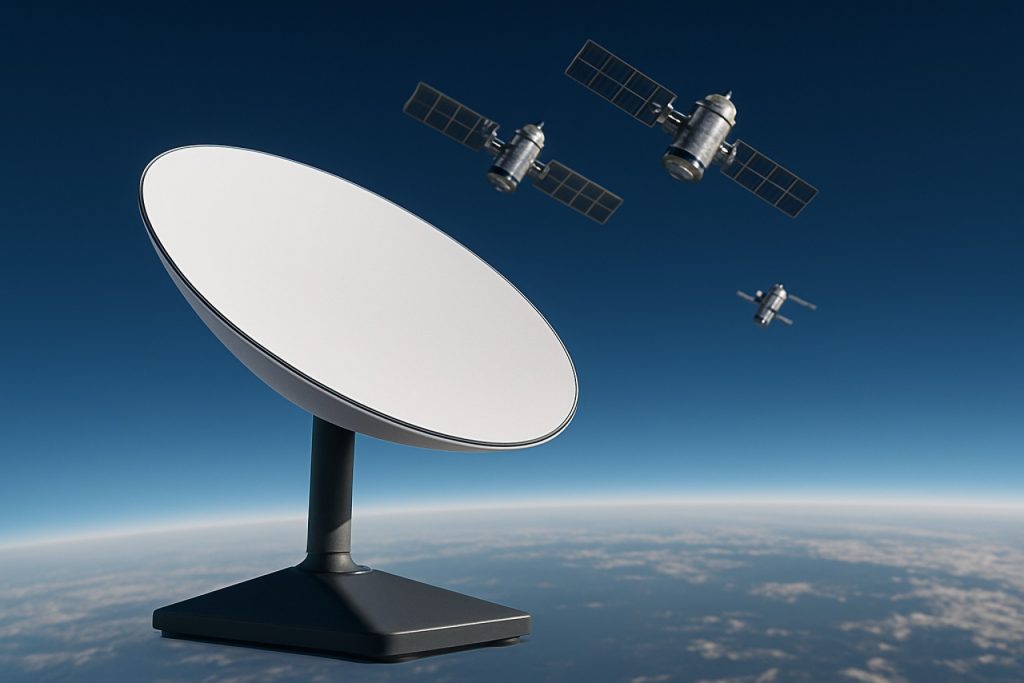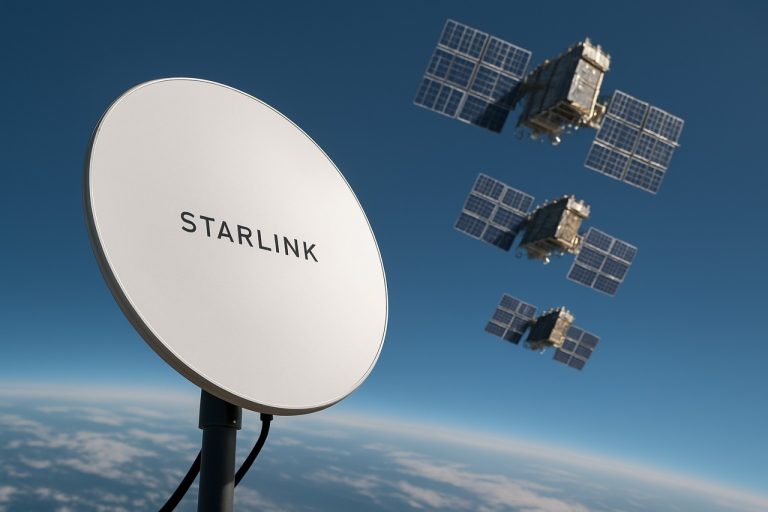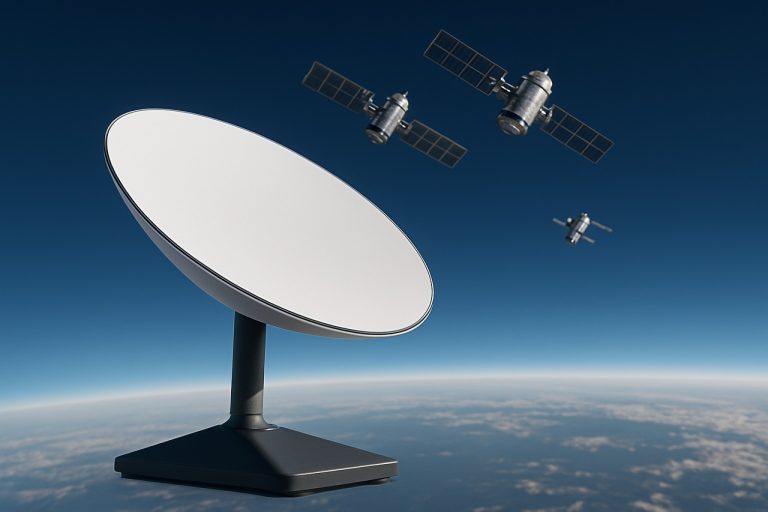
Can Starlink Hold On to Its Throne? The Surprising Truth About LEO Satellite Industry’s Next Big Shakeup
As Starlink dominates now, a new wave of LEO satellite competitors in 2025 may upend the industry. Discover what’s next in global connectivity.
| Quick Facts |
|---|
| 6,000+ Starlink satellites currently in orbit |
| $50B invested globally in LEO satellite networks by 2025 |
| 4+ Major global players launching category 1 LEO networks |
Starlink’s meteoric rise in the satellite internet world seemed unstoppable—until now. As Low Earth Orbit (LEO) technology rapidly evolves, new industry powerhouses are preparing for a shakeup that could redefine global broadband access in 2025 and beyond.
The “first mover advantage” is legendary. Just look at how Coca-Cola, Intel, and eBay dominated their industries for years, building unbeatable brand loyalty and customer inertia. Starlink has followed suit, launching thousands of satellites, conquering headlines, and capturing the public imagination.
But as history shows—even titans can fall. Yahoo, BlackBerry, and Netscape all ruled at their peaks, only to get outpaced by more innovative rivals. Could Starlink be next?
Q: What Makes Starlink’s Current Lead So Powerful?
With more than 6,000 satellites orbiting Earth, Starlink offers broad, reliable broadband where fiber can’t reach. Its fully integrated vertical business model and massive funding have helped it set the bar for category 1 LEO providers—companies building sprawling global networks to deliver broadband at scale. Amazon’s Kuiper, Europe’s IRIS2, and China’s Thousand Sails are racing to catch up with similar ambitions.
How Do Category 2 LEO Providers Change the Equation?
Unlike Starlink and its global consumer focus, category 2 players such as Telesat Lightspeed and Rivada Outernet target government, enterprise, and specialized markets. Their satellite constellations power critical infrastructure, private networks, and secure communications rather than mass-market broadband. This unique approach doesn’t force them to outcompete Starlink directly—but opens lucrative, less crowded pathways, from cellular backhaul to sovereign connectivity.
Q: Is Starlink’s Dominance Guaranteed for the Long Term?
In short: not necessarily. While Starlink’s scale and speed gave it an early edge, industry experts now predict collaboration—think local telecoms, robust regulatory partnerships, and tailored regional rollouts—will become the new playbook for sustainable success. Amazon Kuiper, for example, is banking on deep partnerships to quickly scale its end-to-end LEO ecosystem.
How Can Regional and Niche Players Thrive in the LEO Boom?
Specialist providers like Q-KON, with its innovative Twoobii Smart Satellite Services, show the future is fiercely local. By building custom solutions on top of global LEO networks, these companies address the complex needs of telcos, governments, mining operations, and remote enterprises—especially in high-growth regions like Africa. For many, success will come not from global domination but from strategic specialization.
Q: Who Will Shape the Future of LEO Satellite Connectivity?
The industry’s roots have only just begun to grow. As more LEO entrants flood the market with new business models and technology breakthroughs, the field is wide open. Early signals in 2025 hint at a fierce contest between global mass-market providers and razor-focused niche operators.
Experts across the sector—from NASA to Amazon—agree: the only constant will be rapid change.
Ready for disruption? Keep your eyes skyward—2025 will be the year LEO satellite dreams become reality for billions.
- Track new LEO launches from Amazon Kuiper, IRIS2, and Thousand Sails
- Monitor niche providers’ latest custom solutions for telcos and government
- Compare new category 1 and category 2 offerings for your business needs
- Don’t assume the leader today will win tomorrow—keep your options open!



